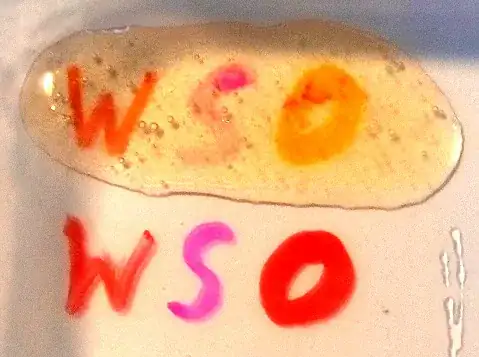There are 2 questions here:
- Is there an ink that's soluble in epoxy? Yes, see Chris H's answer for more details
- Can you cast a print in epoxy and make it dissolve just the right amount "so it would appear as if the text is permanently evaporating?" I think you must fake it.
Epoxy has - depending on the chemical composition - vastly different hardening times (from 5 minutes to several days) and consistencies (from water-like to putty). As it hardens, it produces heat, which produces movement in the still liquid resin. The result can be seen in this question where a faux tortoise shell turned out to harden in one solid color.
Add to all that the fact that printed text usually uses as little ink as possible, so printing enough ink to get the desired effect might need several passes.
To get everything right, you'll need the right kind of epoxy that lifts enough ink from the underground without diluting it into invisibility, you'll want to control the ambient temperature to get the resin to set right and you'll need to shield the cast from vibrations and other influences.
I honestly think it'll be easier to fake the effect by injecting tinted epoxy in the desired shape with a syringe. This technique is well-known and used to create veil-like effects. You can also dip the tip of a toothpick into tinted epoxy and draw a veil through the clear cast. One example of it can be seen in this YouTube video, but there are many more out there.
If you work with very liquid epoxy, you need to wait until it becomes viscous, or the veil may disappear again. Another YouTube video that explores this effect is this one. However, to squeeze epoxy through a syringe it must be very liquid. My advice is to either use 2 different epoxies (honey viscosity for the cast and very liquid for the ink) or letting the transparent cast become viscous for a while and then mixing a fresh batch of tinted epoxy.
